Wayne Zadow: A passion for birds
Wayne spends many happy hours in the bush and has a deep knowledge of south west birds, especially around Kojonup – their different behaviours and habitat needs, and the challenges facing many species.
In 1951, at age five, Wayne and his family moved from South Australia to a farm near Muradup, in the Kojonup Shire. After leaving school he ran his own sheep and grain farm with wife Peta and their sons, until he and Peta moved into Kojonup in 2008.
In this story, we celebrate the passion and ecological expertise of naturalists like Wayne. After more than 40 years of observing nature closely, Wayne offers us all a treasure trove of bird insights, as well as his reflections on how and why local birdlife is changing.
“I like to show people that there are things living in any natural environment. Otherwise, they’ll just drive past it.“
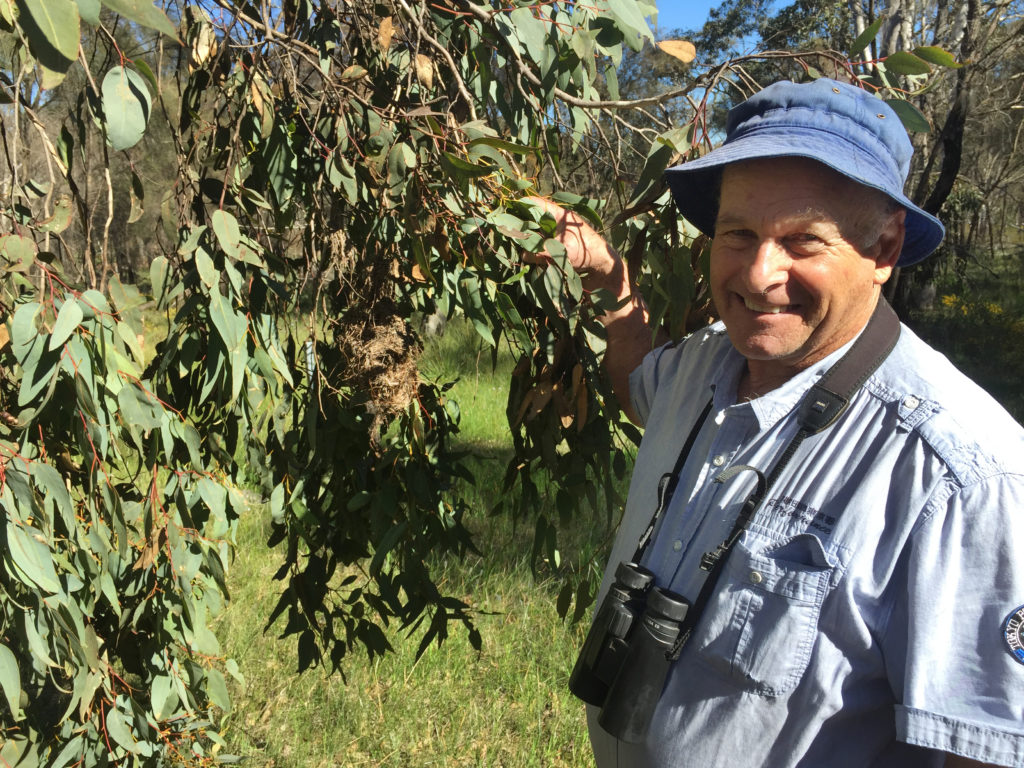
Wayne’s interest in birds started early…
I’ve always been interested in birds. My auntie told me that I was keen on nature and looking at birds even as a five-year-old.
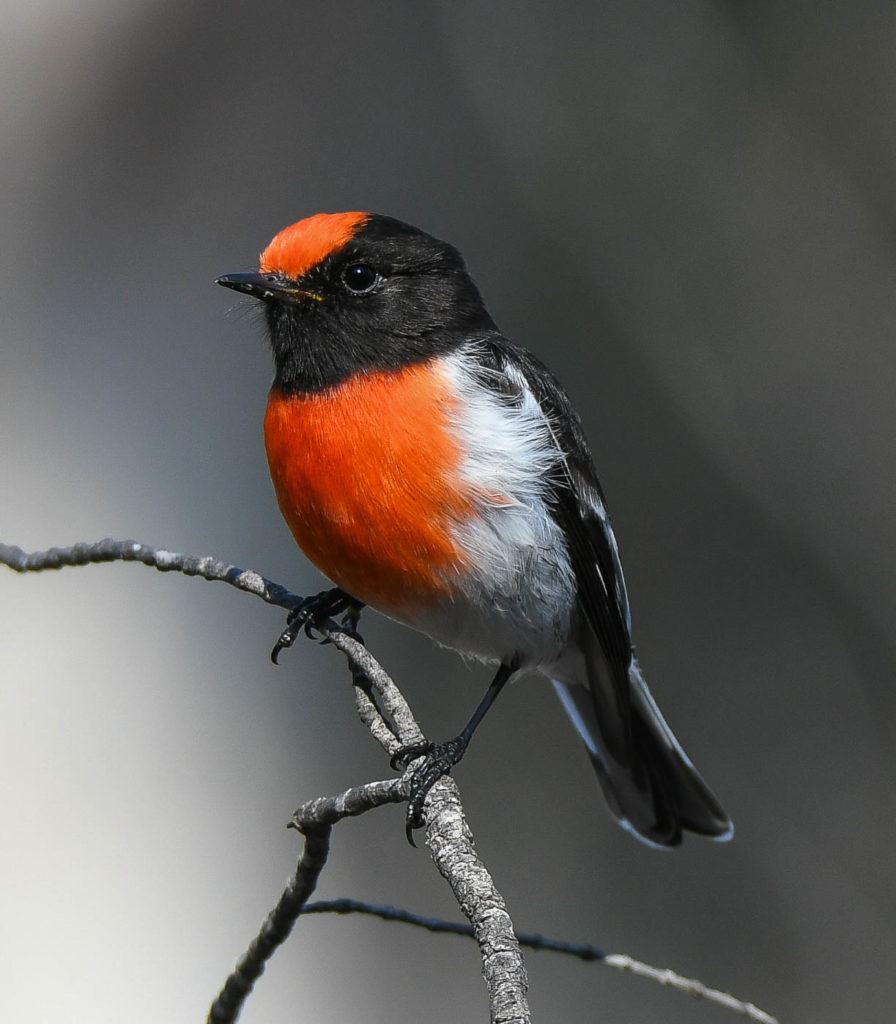
As a boy I walked to Muradup school through bush for a couple of kilometres each morning and afternoon, so I got to see quite a bit of nature. Our teacher also took us for walks in the bush and along the river, and the school got us to join a nature group called Gould League of Bird Lovers.
In the 1980s I met Ray Garstone, a farmer and keen birdwatcher from Woodanilling, and he rekindled my interest in birds. He was good at bird photography and I knew where there were species in Kojonup that he didn’t have at Woodanilling. So over many years we made quite a partnership of looking for birds and showing birds to other people.
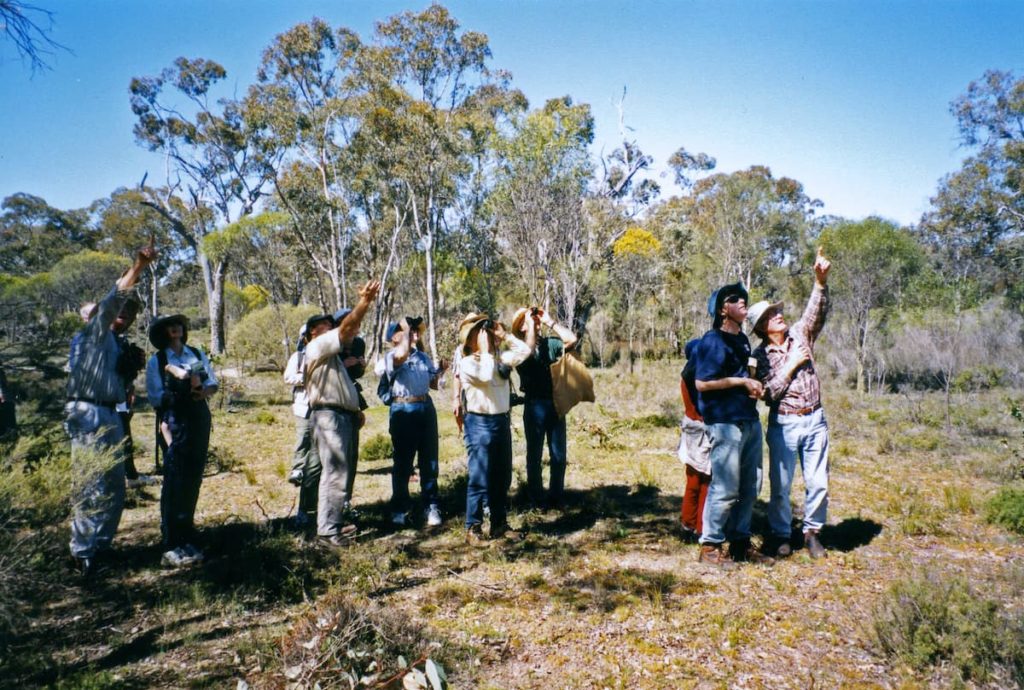
One of the things I enjoy most about birdwatching is seeing the different types of nests. One of my favourites is made by the Mistletoe Bird. The female gathers cobwebs and fine bits of plant material and makes this dome-shaped nest with a side entrance. The nest is about the size of a baby bootie and hangs off a little branch, hidden amongst the leaves. The elasticity of the nest is quite remarkable ‒ it expands as the two to three chicks grow and move around inside.
The Rainbow Bee-eater, which is a beautiful, delicate looking bird, has an unusual nesting habit. It digs a burrow about 40 cm long which includes an end chamber where it lays its eggs and raises chicks. While digging with its long beak and feet it sends sand flying out behind as it backs out of the hole.
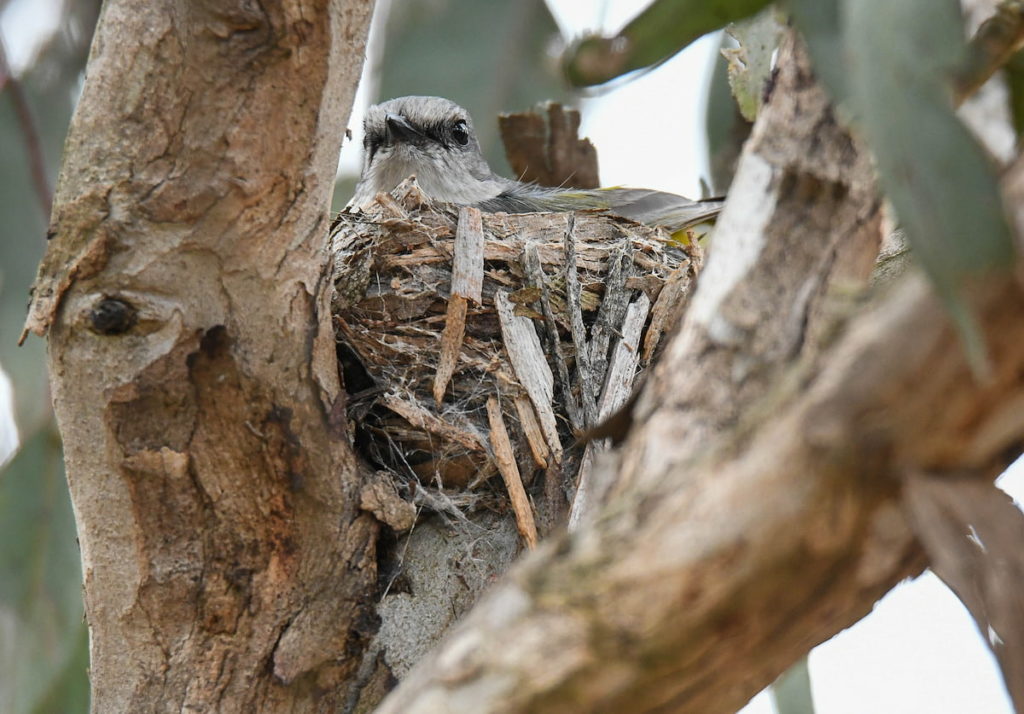
presumably to provide camouflage.
Wayne’s knowledge of birds includes a broad ecological understanding
There are many different species of bird in the Kojonup area and they each need the right type of habitat for protection and shelter, finding food and breeding. Some need trees to roost in and build their nests, like Wedge-tailed Eagles, and others use tree hollows for breeding. Small birds like wrens and thornbills love shrubby thickets of poison plants (Gastrolobium) or banksias for nesting and protection. Then you get birds like Purple-crowned Lorikeets and honeyeaters that need flowers with nectar, such as gum trees and grevilleas, while others, like the Grey Fantail and Willy Wagtail, feed on the insects that are attracted to plants. Over my birdwatching years I’ve seen how nature all joins and works together to provide good habitat. When you see birds breeding it means the conditions in that habitat are right for them.
The environment of the Kojonup area has a lot of variety, which makes for a great variety of birds …
It’s mixed vegetation, mixed trees. You’ve got your three large tree species: jarrah, marri and wandoo. Wandoo is very important because it produces lots of hollows, particularly for big species like cockatoos and owls and ducks, as well as smaller birds like the Rufous Tree-creeper and Striated Pardalotes.
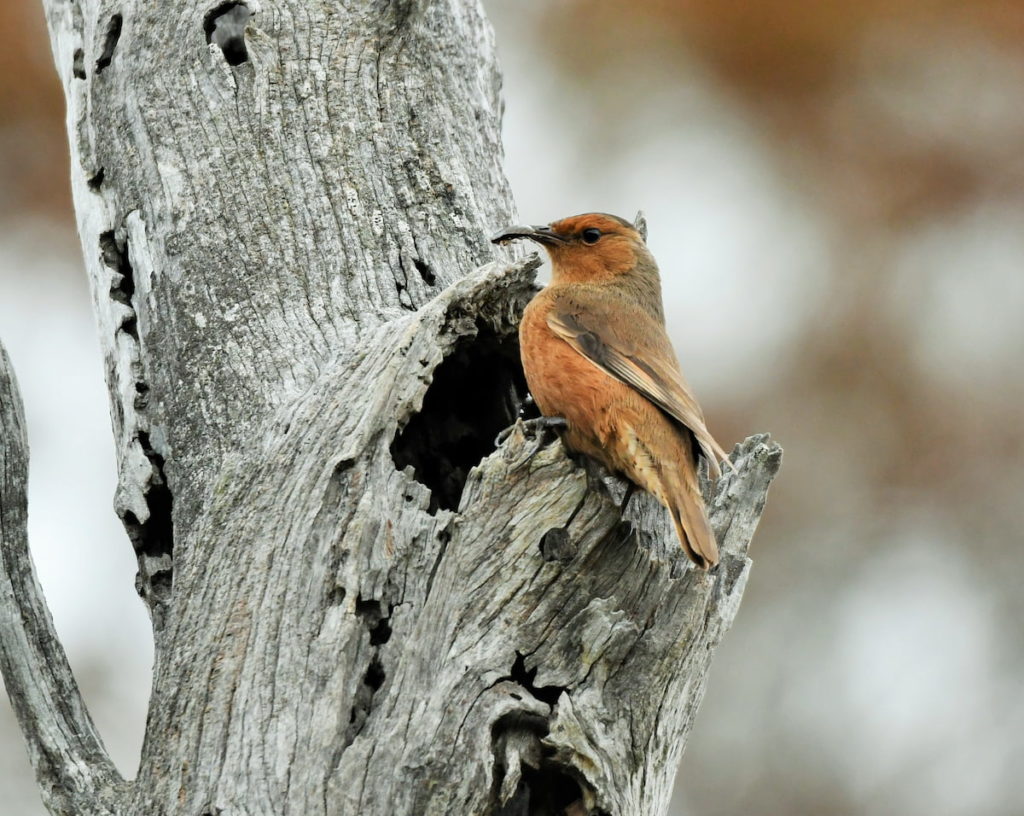
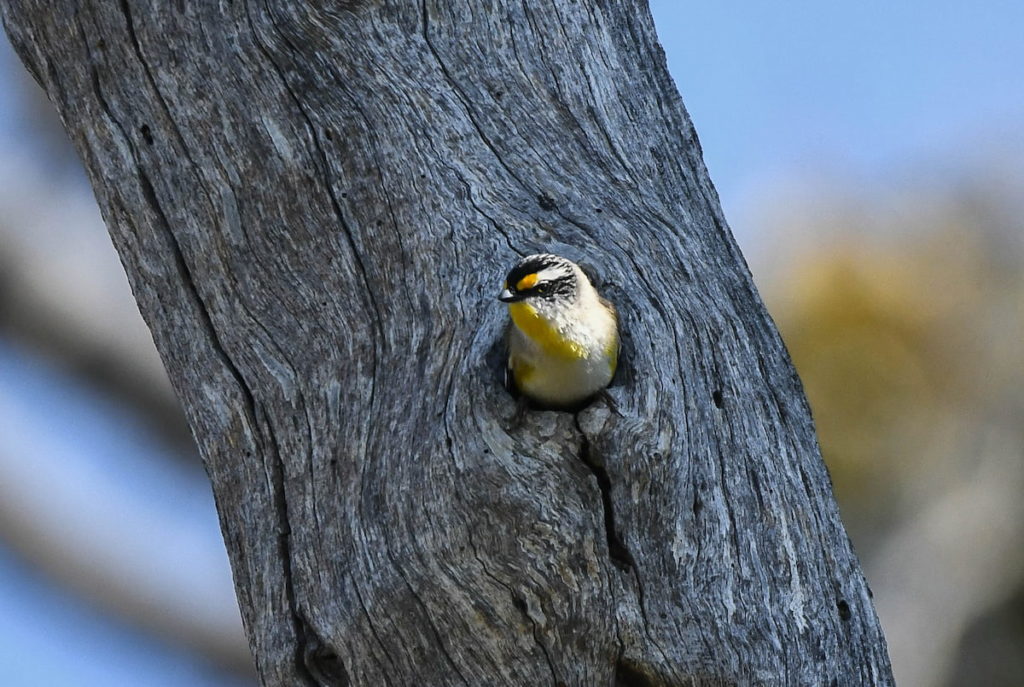
Marri trees play an important role because they flower in autumn, providing a good source of food for birds like the Yellow-plumed Honeyeater and Western Wattlebird, when not much else is flowering.
Red-tailed Black Cockatoos love to feed on the small fruit of the jarrah, and many birds use the tree’s stringy bark for nest building.
You’ve also got yate and tea-tree swamps and mallet hills which flower in the spring and provide good food for nectar-lovers. Our thickets of sheoak and Acacia (jam tree) attract birds like whistlers and robins.
And the flooded gums (Eucalyptus rudis) along creek lines and around swamps offer good cover and corridors for birds to travel and also provide nesting sites for birds like White-faced and White-necked Herons.
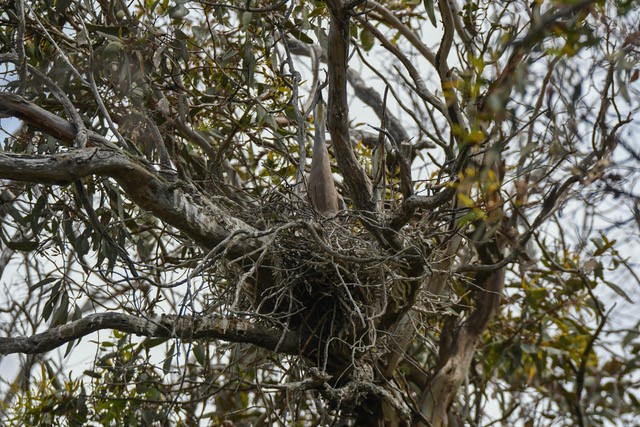
The Great Southern Highway, which goes down through Katanning and Narrogin, marks quite a change in annual rainfall and habitat. Basically, the country to the east is drier and more open woodland, and to the west it’s wetter and tending to forest. Kojonup Shire is in the cross-over of the drier and wetter country, so we get birds from both.
The Rufous Whistlers prefer the drier country, whereas Golden Whistlers are more inclined to the wetter areas, but they are both here in the Kojonup Shire. We’re in the middle.
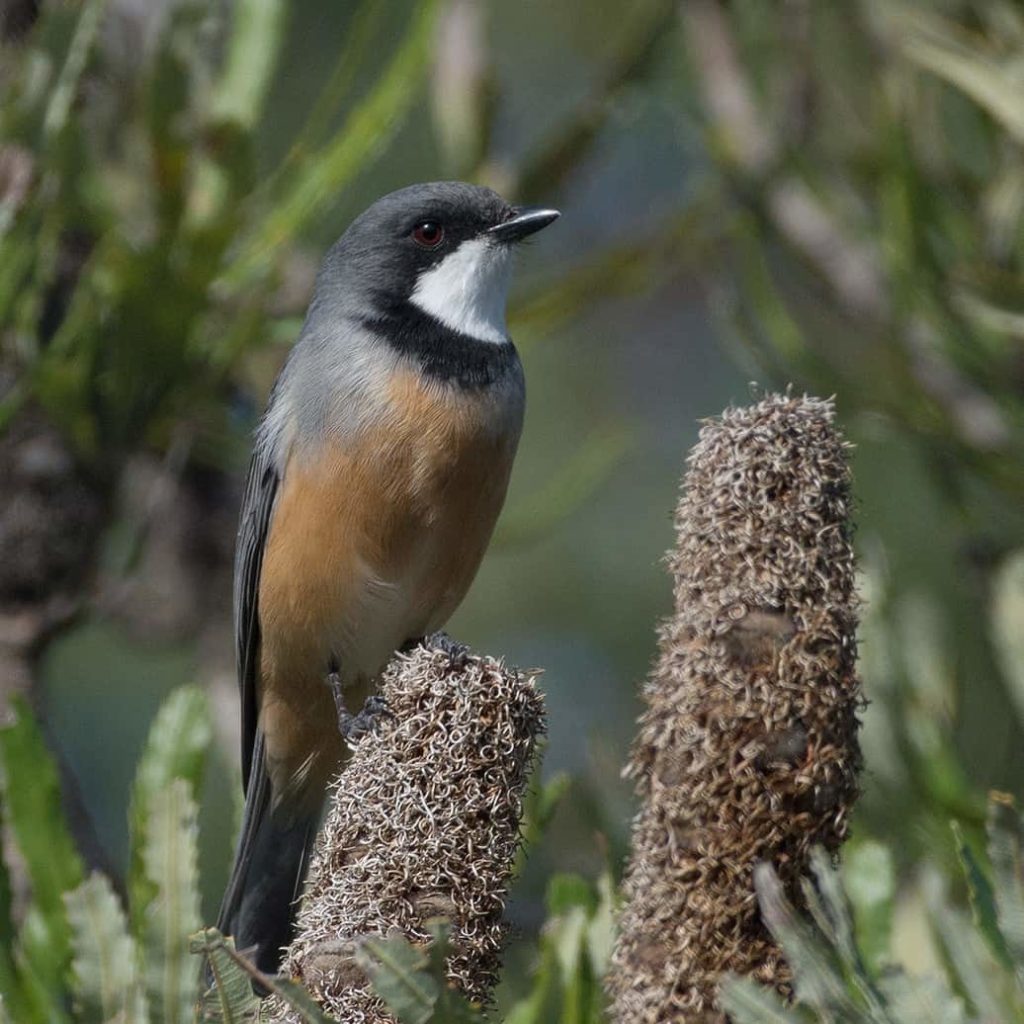
Image: John Anderson
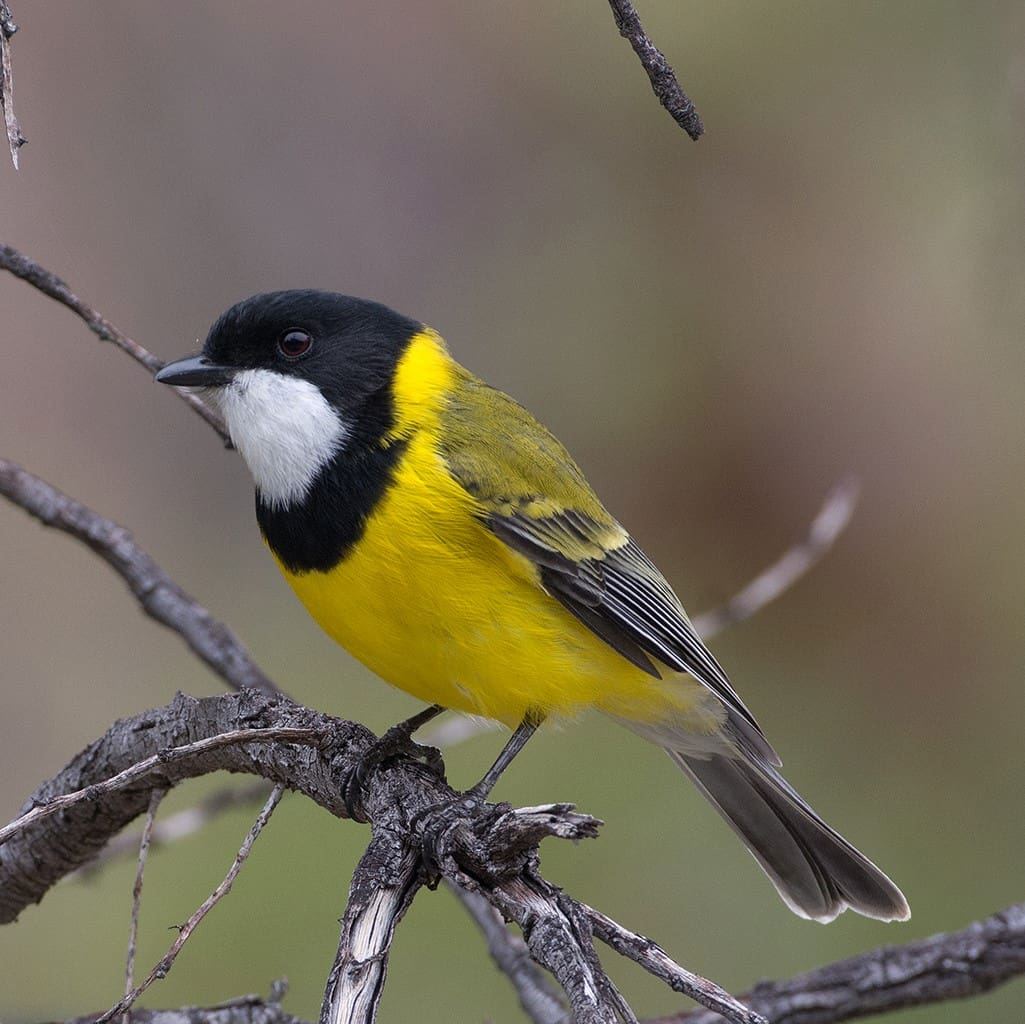
Image: John Anderson
Some honeyeaters are another example. White-eared Honeyeaters generally prefer drier areas to the east but do venture into the Kojonup Shire. Whereas the Western Honeyeater prefers the wetter areas but is also found in the Kojonup Shire.
Sometimes that highway is more of a change-over line, so you get your Splendid Wrens here, but in the mallee area to the east, you get your Blue-breasted Wrens.
We do get some birds that migrate from up north, around the Pilbara and Kimberley, like Brown and Rufous Songlarks, Rainbow Bee-eaters, White-winged Trillers and Sacred Kingfishers. They come south to breed in springtime and some nest in the Kojonup Shire.

Image: John Anderson
But the populations and type of bird species are changing …
Wheatbelt birds, like Galahs and Crested Pigeons, are moving in, mostly due to increased grain growing. Where we never used to have Galahs around here, now we’ve got thousands of them, especially where grain has been spilt. And a lot of the parrots get their nest hollows taken over by Galahs.
Some of the birds of prey, like Whistling Kites, Little Eagles and Brown Falcons, have reduced in number from when I was younger.
And smaller birds seem to be disappearing or getting harder to find. I’m not seeing the small birds in numbers like we used to 30 or 40 years ago, and some of them have virtually moved out of the Kojonup Shire. The Western Thornbill is getting very scarce. They used to be around the Kojonup area, in the Farrar Reserve, but I haven’t seen them there for quite a few years.

Image: John Anderson
Birds like the Hooded Robin, you’d get a pair here and a pair there, but now I can’t find any. The Crested Shrike-tit, we used to have them mainly in bush reserves of 50 hectares or more, but they seem to have gone. Even the wrens are getting thinner on the ground – there’s more living in town than out in the bush now.
It’s the ones that are endemic to the south-west that we know we’re losing: the Western Spinebill and the Western Thornbill.
There are many possible reasons for the loss of small birds …
The population of local ravens has increased, which means greater predation of the eggs and chicks of small birds. Kookaburras have been introduced to WA and they have a big impact on our small birds, nestlings and other wildlife.
Birds need other trees in fairly close proximity so they can safely fly from one to the next. Otherwise, they’re in danger from hawks and birds of prey and start to get knocked-off before they can get to a shelter.
Small birds need to have road verges and corridors of trees and shrubs to follow down so they can have some protection. But if you’ve just got an isolated patch of bush here, and then a kilometre away you’ve got another isolated patch, well there’s not going to be much in the way of particularly smaller birds moving between them.
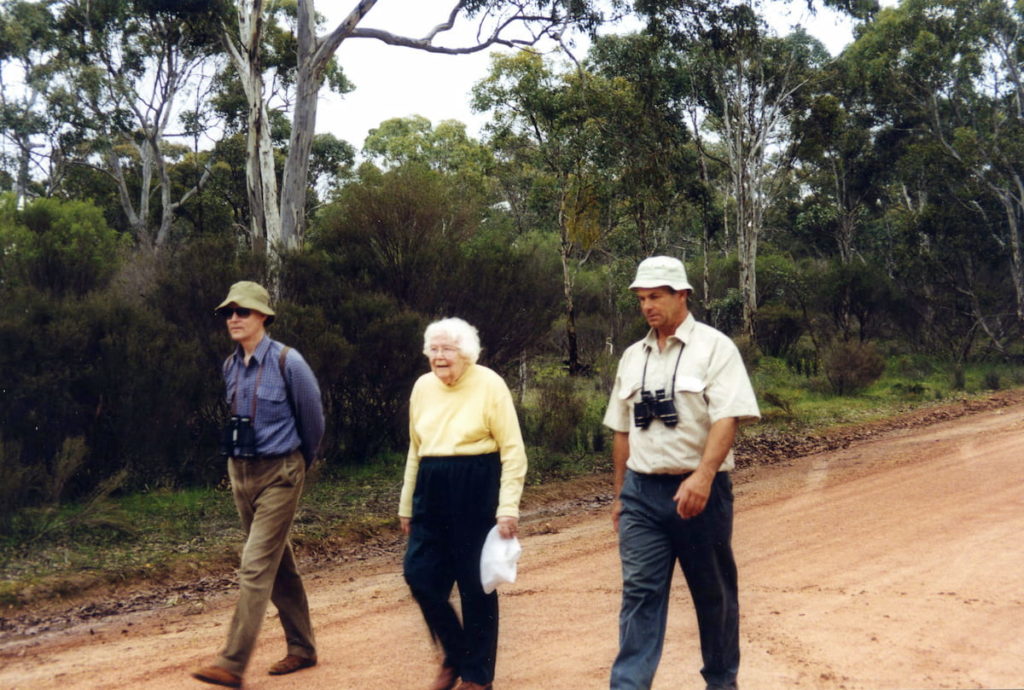
Cats and foxes are the main problem, particularly with birds that nest on the ground like lapwings, quail, songlarks and pipits, and birds that nest in low scrub like wrens, thornbills and chats.
There’s global warming. We are getting warmer and there’s less rain. And rainfall is not consistent which it used to be, especially here in the Kojonup Shire. I think trees are now suffering. I don’t know whether it’s because of strange insects coming in and eating the new growth or whether it’s just too dry and some soils aren’t wet enough to keep the trees producing all the new growth.
Wayne has concerns about the impact of fire management on birds and nature …
This spring burning is just not good for the country as far as I’m concerned because that’s the breeding season, when many plants are flowering and producing seeds, and the same with the birds and animals which are producing young. A lot of our little birds nest less than a metre from the ground and when you burn in spring, what happens to them? Even hollow-nesting birds can get burnt or suffocated. In general, large adult birds can get away from fire, but their chicks and smaller birds can’t. So I think timing of burning is something that we’ve got to look at.
Amongst more than a hundred bird species that Wayne has observed in the Kojonup area, he has a few favourites …
Sitellas are one of the ones that I like. They are different to a lot of other birds in their habits, and they make a beautiful nest – if you can find it!
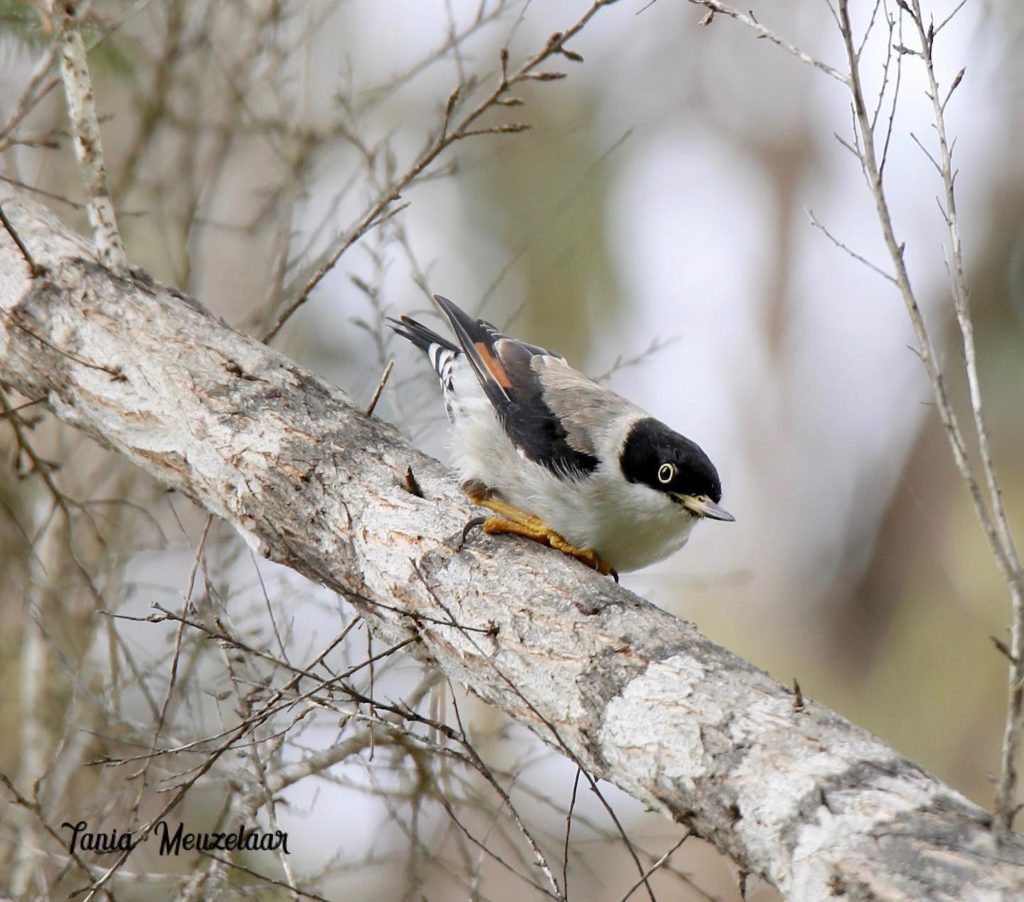
Image: Tania Meuzelaar
Golden Whistlers are a favourite because of the colour and the sound. The Grey Shrike-thrush was out here singing in the trees this morning: beautiful song but not much to look at.
There’re quite a few different ones that are favourites – the little fantails that flit around you, probably enjoying the flies that are flying around your head. And of course, there’s the robins and the wrens – they are all very colourful and you can get a good look at the robins. But they’re all favourites – some look beautiful, some sing beautifully, some build beautiful nests.
| It’s a pretty good hobby to have. You get out and you find things and it’s something you can do everywhere you go. And it’s got me into places where I would probably have never gone if I hadn’t been interested in looking for birds. |
